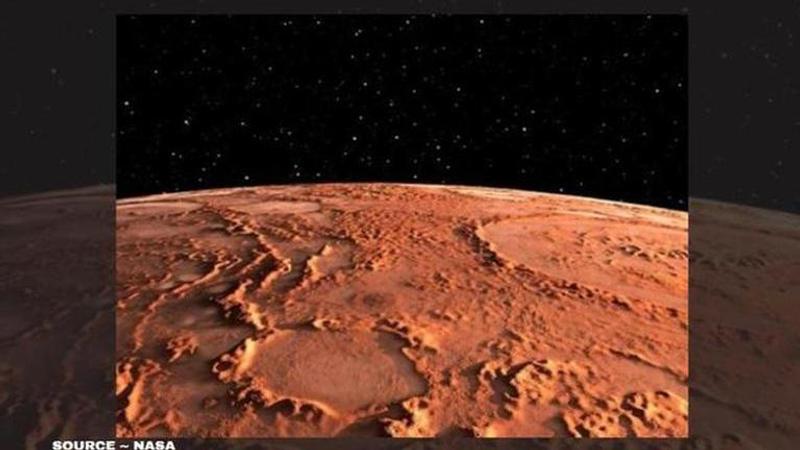Published 17:09 IST, July 29th 2020
What is the temperature on Mars? Know how different it is from Earth
What is the temperature on Mars? Here is everything you need to know about the temperature on Mars, what is Mars Perseverance Rover mission and more

Mars, the fourth planet of our Solar System, is amongst the closest planets to our home. Even though it is so close to our planet, Mars is cold, rough and can be dangerous for any human as 95 per cent of its atmosphere consists of carbon dioxide. Scientists keep sending rovers to the red planet to find out clues about it. Many people keep trying to find out what is the temperature on Mars and whether it would be suitable for us. If you are wondering the same, do not worry, here is all you need to know.
What is the temperature on Mars?
Earth is currently the only known planet that has has a suitable atmosphere, gravity, and temperature to sustain humans are similar life forms. However, Mars, which is about 99.101 million km away from us, has an entirely different system in its environment. This is the reason why Mars' atmosphere is about 100 times thinner than Earth's. The average temperature on Mars is about minus 80 degrees Fahrenheit i.e. minus 62 degrees Celsius. Whereas, according to the 2017 data, Earth's average temperature is 58.62 F i.e. 14.79 degrees Celsius.
This means that without a 'Thermal blanket,' Mars cannot retain any heat energy. As per reports, Mars temperature near the poles falls down to minus 195 degrees F i.e. minus 125 degrees C, during the winter. Nevertheless, summers on Mars near the equator are better than winter as the temperature may get up to 70 degrees F i.e. 20 degrees C which is quite close to Earth's average temperature, but summer nights are unpredictable as the temperature can dive to about minus 100 degrees F i.e. minus 73 C.
Once, the Mars Curiosity rover of NASA measured air temperature on Mars to be 43 degrees F. i.e, 6 degrees C, in the afternoon. This intrigued many astronomers as they find it astonishing to see temperatures this warm. As per reports, as the dawn approaches, the air on the fourth planet gets warmer turning frost into vapour which leads to 100 per cent humidity. Scientists believe that Mars could become more habitable due to humidity if water condenses to form short-term puddles in the early morning hours.
About Mars Perseverance rover mission
NASA's latest mission to Mars is the 2020 Mars Perseverance rover mission. This has brought light in the new era of Mars exploration, as per NASA. The reports reveal that if the Mars 2020 mission is not launched before mid-August, the organisation would have to face a costly two-year delay until the next time Earth and Mars are in the right positions in the solar system. This is reportedly the first time NASA is sending a rover for Astrobiology, a mission to find life on the Red Planet.
All images ~ NASA
Updated 17:10 IST, July 29th 2020





